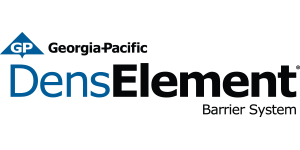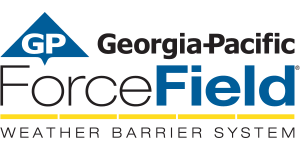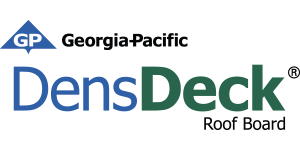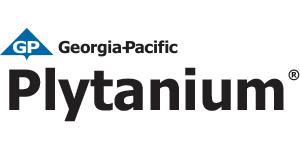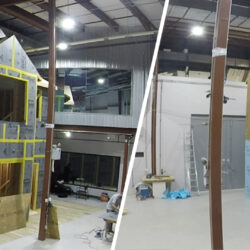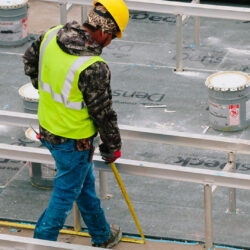Efficiency is the name of the game in multifamily construction, and choosing the right materials is often the easiest way to increase both cost savings and construction speed. Wood helps achieve both goals, resulting in buildings that balance quality with profitability.
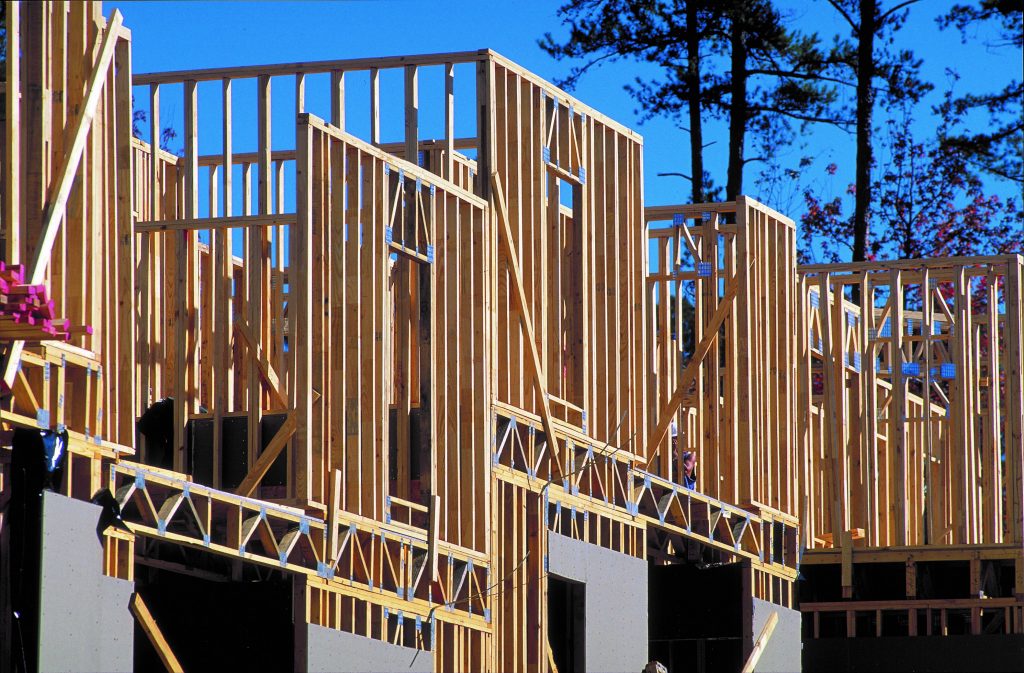
As recently as 2015, wood framing was used in 87% of multifamily construction projects. Since that time, the industry’s movement toward “mass timber” has brought wood construction to even more multifamily projects that would otherwise be using steel framing. According to WoodWorks: the Wood Products Council, mass timber was used in close to 600 projects nationally by September 2019. By September 2020, that number had climbed by more than 50%, approaching 1,000 projects. Builders have highlighted that wood in its many forms provides value for a project by embodying cost savings within structurally sound and easy-to-work-with materials.
Cost Savings in Materials & Foundations
Recent reporting from the International Code Council’s Building Valuation Data indicates that wood framing is less expensive than steel from the start. As Structure magazine explains, Type IIA construction (typically steel or concrete) and Type IIIA (typically wood-framed) both have the same allowable heights and areas, but Type IIIA costs $20 less per square foot.
“Heavier materials like steel and concrete traditionally cost more than wood, to begin with, and may require more earth or foundational work before the building construction can begin,” says Brittany Burns, Director of Product Management and Marketing, Georgia-Pacific. “This increases the overall cost of construction and can slow the production speed.”
WoodWorks acknowledge the reduction of weight and reduced needs for foundational capacity. Burns adds that wood can be a cost- and time-saver even in projects where concrete and steel are required. “In cases such as mixed-use developments where steel and concrete may be required to meet code, in certain areas of the project, wood can still be used in combination with these building materials to lower the overall cost of the build.”
Add to that framers’ familiarity with the material and reduced need to purchase or rent uncommon or material-specific tools and multifamily builders have a recipe for revenue success when working with wood. “Improved speed of construction means builders can complete more projects in the same amount of time,” Burns says. “And project owners can begin seeing the revenue generated from their investments even sooner.”
Cost Savings in Labor Savings
The cost savings associated with wood don’t stop at the framing materials. Choosing the right wood sheathing can reap economic rewards from jobsite efficiencies and overall performance. The ForceField® Weather Barrier System from Georgia-Pacific is a perfect example and one that multifamily builders have come to rely on.
Two large multifamily projects, Liberty Creek Village in Oklahoma City and Sur Club in St. Petersburg, Florida, both chose ForceField Weather Barrier System for the labor and performance improvements over the standard combination of OSB and building wrap. ForceField structural sheathing features DryGuard® Technology* comprising moisture-resistant resins and an enhanced overlay to provide enhanced moisture resistance and consists of moisture-resistant resins and an enhanced overlay. When installed with ForceField Accessories, the system provides a continuous air- and water-resistive barrier that’s ideal for residential, multifamily and light commercial construction – all with a single pass around the building.
“I’d say that taping in the ForceField system is much quicker than the standard housewrap install,” says Cody Edmonds, vice president of construction at Rader Building Company, Liberty Creek’s general contractor. Indeed, with 45 buildings in the Liberty Creek Village complex, Edmonds estimates that the firm saved as much as two days of labor on each building by using ForceField Weather Barrier System.
Hubert Proctor, Senior Superintendent for Capstone Building Corporation, says the Sur Club project saw impressive production benefits. His crews were able to start setting windows and working on interior infrastructure much quicker than if they had needed to wait for building wrap installation. “It’s when you start the next step that you start saving time,” he says.
Burns agrees. “No one wants to go around a structure twice if they don’t have to,” she says. With its ease of use, lower cost, and lightweight, wood framing, and integrated wood sheathing can help multifamily builders maximize both material and time savings on their project – and the benefits can truly add up. When the goal is a strong building that will bring high-quality residents on an impressive timeline, wood makes that happen. The results are buildings that are multifamily developments go up faster and at a lower cost, so builders and project owners realize a high percentage of rentable square-footage with the high quality that renters expect, but at an overall lower cost. For multifamily, wood makes that happen.
*Features described here may not be available in all markets. Consult your Georgia-Pacific sales office or representative for more information.

